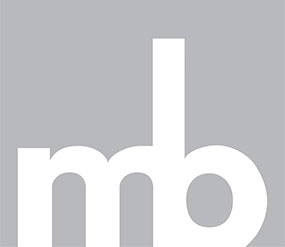By Rachel Jaques
Understanding the scope of protection that is granted by a federal trademark registration is vitally important. Some trademark owners may believe that federal registration grants automatic nationwide protection against another’s infringing use. While this rule is generally true there are a few important exceptions that all trademark owners and intellectual property counsel alike should be aware of. By way of background, trademarks are protected under both common and federal law. Under the common law, trademark owners receive protection only in the geographic locations where the mark is actually used. Under the federal law, trademark owners are presumably entitled to nationwide protection once the mark has been used in United States commerce and a federal registration is obtained. However, one important exception to this presumption is known as the Dawn Donut Rule.
The Dawn Donut Rule was first announced in the 1959 case of Dawn Donut Co. v. Hart’s Food Stores, Inc., 267 F.2d 358 (2nd Cir. 1959). In Dawn Donut, the Second Circuit Court of Appeals stated that, “If the use of two marks by the registrant and the unauthorized user are confined to geographically separate markets, with no likelihood that the registrant will expand his use into the defendant’s market . . . then the registrant is not entitled to enjoin the junior user’s use of the mark.” This rule is triggered where a plaintiff has obtained a federal trademark registration, an unauthorized third party begins using the same or similar mark in good faith after the federal registration was obtained but the plaintiff does not operate and has no immediate plans to expand into the same geographic market as the Defendant. The practical effect of this doctrine establishes a per se rule against injunctions for trademark infringement where the plaintiff does not operate in defendant’s geographic market even after it has obtained a federal registration. The Second Circuit defended this doctrine by reasoning that there could be no likelihood of confusion for a court to enjoin until the plaintiff enters into the defendant’s geographic market.
Although a majority of courts have adopted the rule set out in Dawn Donut’s, with the advent of the Internet, mass nationwide advertising and convenient methods of travel, many scholars and organizations have criticized this rule as outdated and impracticable. Despite such criticism only one court has rejected application of the Dawn Donut Rule. See Circuit City Stores v. CarMax, 165 F.3d 1047 (6th Cir. 1999). Thus, until Dawn Donut is overruled or rejected by a significant number of courts the Dawn Donut Rule should be considered before asserting federal trademark rights.
